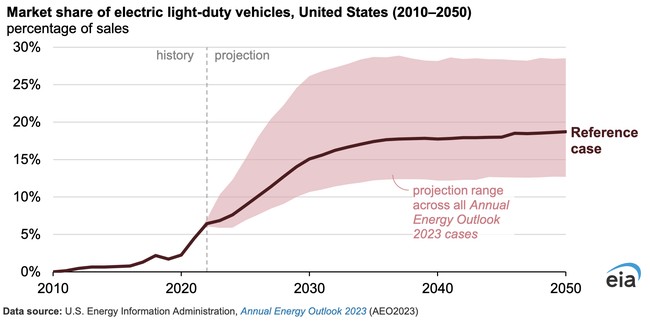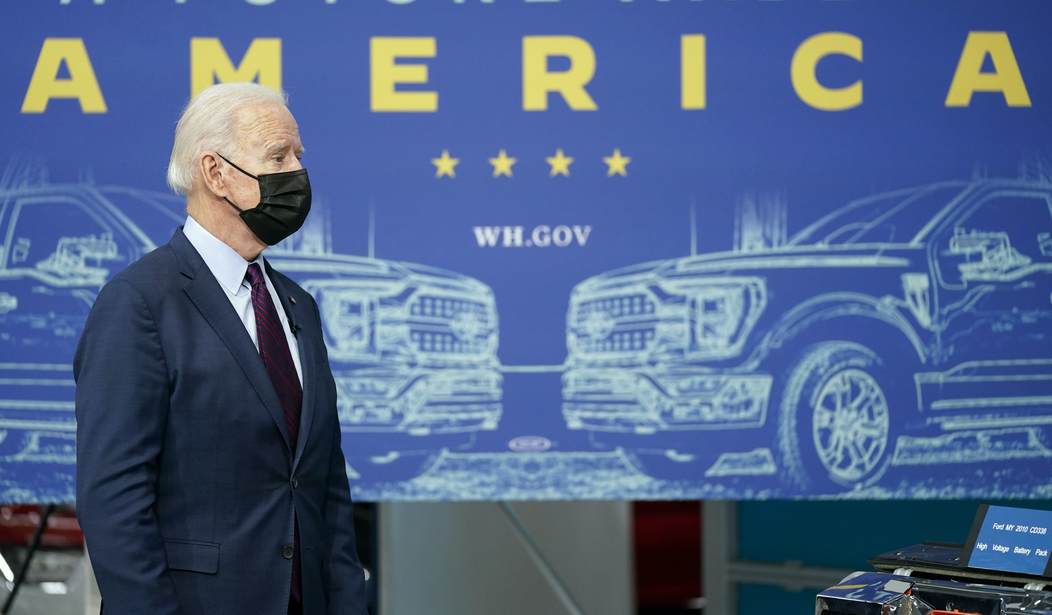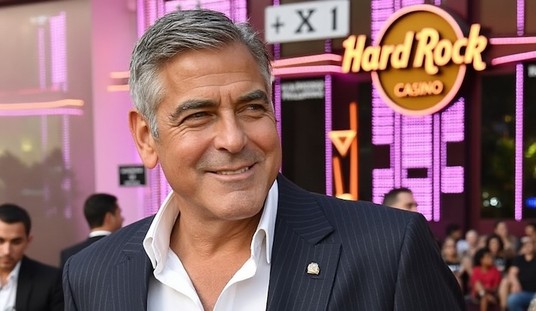A funny thing happened on the way to our all-electric future: reality.
I've written at length in recent weeks about Presidentish Joe Biden's hamfisted and wrongheaded EPA rules meant to force everybody into electric vehicles, whether EVs suit their needs or not. But maybe nothing compares to Oliver Price's headline on Wednesday, asking, "Is this the end of the EV?"
Well, no. But we're still far, far away from the end of dino-burning engines — and likely to stay that way for far longer than the grifters in the EV industry and the autocrats in Washington (and several states, too) would have you believe.
After reading tens of thousands of words about our "necessary transition" to EVs and writing a few thousand of my own, I thought maybe I'd do some even deeper digging. Turns out, I was shocked by what I found.
In a good way.
That Price headline I mentioned above goes on a bit longer. The rest of it reads, "As Tesla and BYD's car sales plummet and Apple pulls the plug on its e-car project, has the boom in electric vehicles finally short-circuited?"
But there's a big difference between "slower growth," which is where EV sales have been for the last year or so, and "the end of the EV," which seems unlikely in the extreme.
So what is the truth? What happens to EV sales in a market as big and as varied as the United States, with our widely different needs and wants, complicated by various federal and state mandates and incentives?
Would you believe that, even with Presidentish Joe Biden's Green New Deal Lite money and EPA mandates, EV adoption might top out at less than 30% of the new car market? Or that it could be as low as just 13%?
The U.S Energy Information Administration published a study in 2023 looking at EV adoption rates, and maybe this chart will shock you as it did me.

ASIDE: I have nothing against EVs under the right conditions. If I still lived in San Francisco, with its compact size and temperate climate, and I thought I needed a car, I'd probably buy the tiniest little EV I could find.
The study found that EVs will eventually make up about one in five new car sales but that it could be as many as three in ten — or as few as one in seven.
The EIA noted that there remain "important variables," including "Future policies, including emissions and fuel economy regulations as well as vehicle sale mandates or combustion engine bans."
Some of those variables, such as ICE bans in California and seven other states, were already set (or at least well in motion) at the time of the study. Biden's oppressive EPA rules were not. Another big factor — Biden's Inflation Reduction Act, aka the Green New Deal Lite — was already the law of the land.
So the EIA study must have taken into account Biden's IRA and that two of the largest states — California and New York — had EV mandates on the books or in the works. And yet they still predict a maximum EV uptake rate of just 28% well into the 2030s.
What this tells me is that states that really want EVs, like New York and California, are going to get them in huge numbers approaching 100%, but that the rest of us — particularly in places that get very cold, very hot, or are sparsely populated — won't.
The thing is, that's probably very close to what would happen even without all the wasteful subsidies, the authoritarian mandates, and the constitutionally dubious controls.
Markets work when we let them, and sometimes even when we try very hard not to.
Recommended: Blinken Says Ukraine 'Will Be a Member of NATO' Because, Hey, Cool, WWIII
P.S. Help PJ Media keep getting the truth out by becoming one of our VIP or VIP Gold supporters. You need independent news and analysis, and we need to keep the lights on. You can join here, and don't forget our massive 50% off SAVEAMERICA promo code.










Join the conversation as a VIP Member